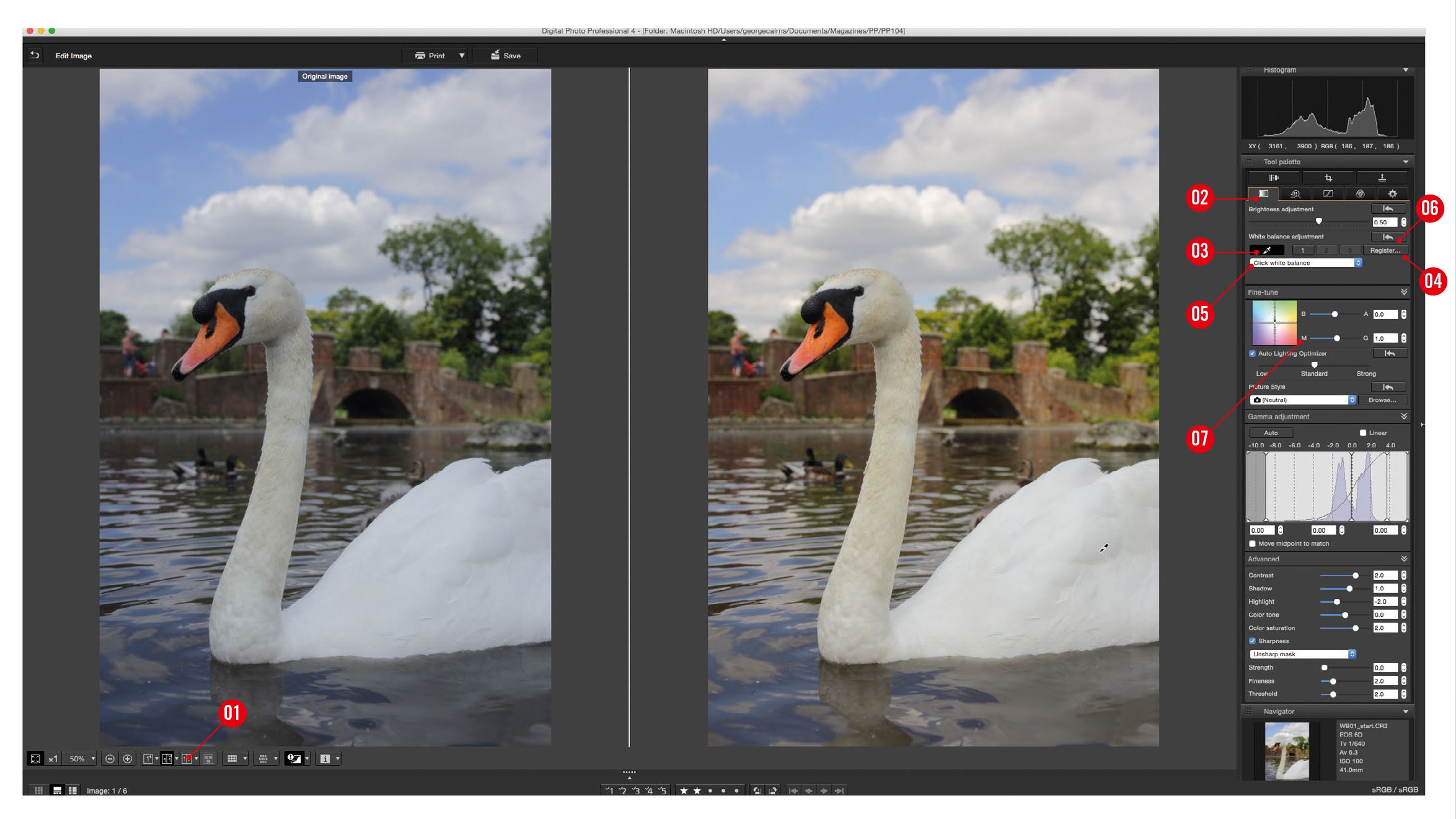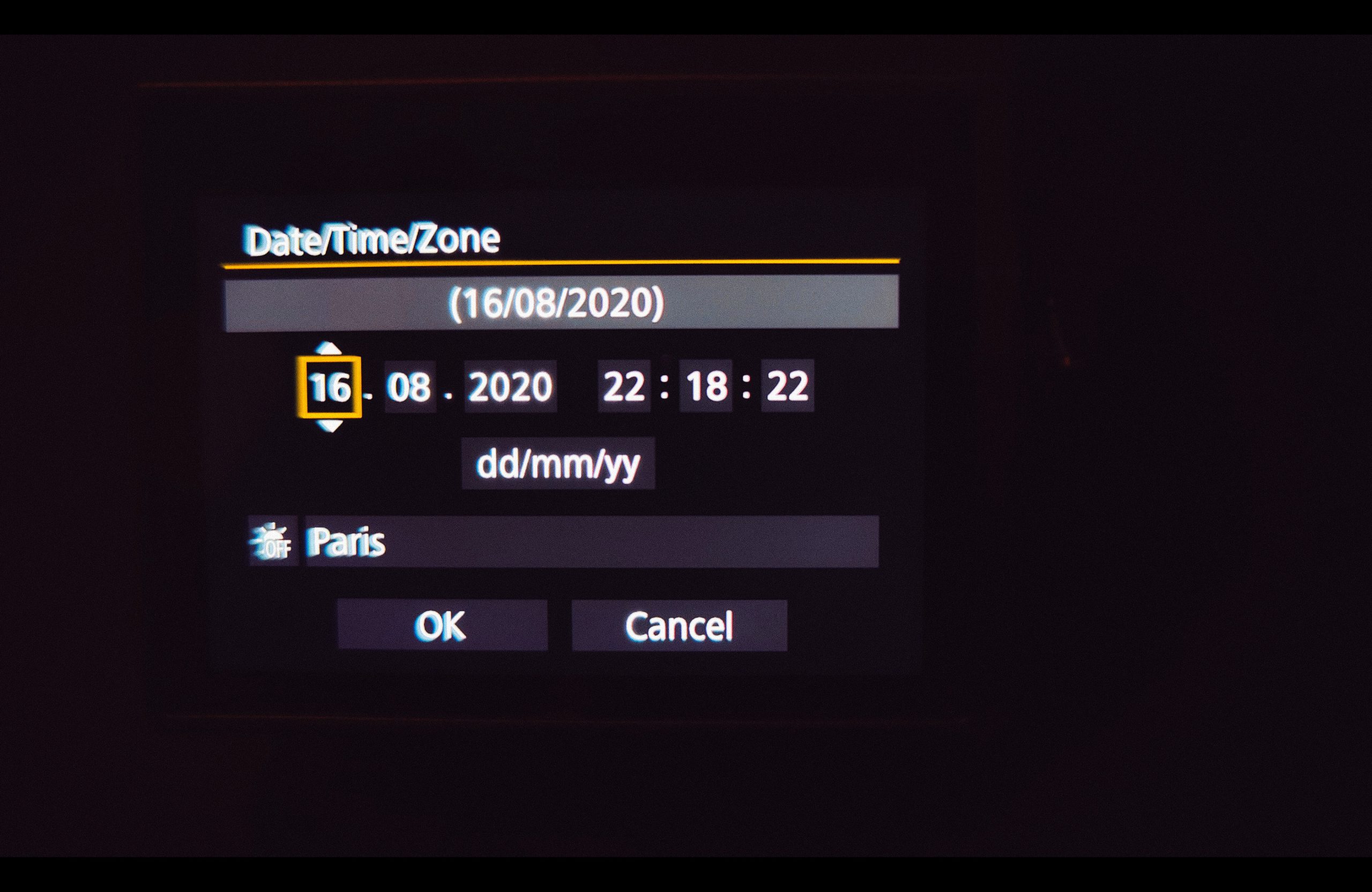

- #Canon digital professional 4 revert to original update
- #Canon digital professional 4 revert to original manual
- #Canon digital professional 4 revert to original full

The shutter curtain (and thus takes the shot). Shutter release locks the mirror up, the second press opens and closes III-17 enables 'Mirror lockup' mode, in this mode the first press of the You cannot use EF-S lenses designed for APS-C DSLRs though, since they will foul the mirror (and are fitted with a guard to stop you from mounting them and damaging anything). As such the EF 16-35mm lens gives you the same field-of-view as a 21-45mm lens mounted on a full-frame camera. This is smaller than full-frame (36x24mm) but larger than APS-C (~24x16mm), giving rise to an effective 1.3x 'crop factor'. As is usual for the 1D series, the 1D Mark IV has the unusual APS-H (27.9x18.6 mm) sensor size. The EOS-1D Mark IV has the EF lens mount (identical to previous 1D and 1DS models)Īnd therefore supports all Canon EF type lenses. The EOS-1D Mark IV offers 100% frame coverage

Because of the smaller tolerances necessary in creating 100% viewfinders, they are typically only found in high-end DSLRs, where a price premium is already expected. The 1D Mark IV shows approximately 100% frame coverage in both the viewfinder, and the LCD screen in Live View mode. The size of the viewfinder is a key factor in the usability of an SLR - the bigger it is, the easier it is to frame and focus your shots, and the more enjoyable and involving a process it is.īecause of the way viewfinders are measured (using a fixed lens, rather than a lens of equivalent magnification), you also need to take the sensor size into account, so the numbers in the diagram below are the manufacturer's specified magnifications divided by the respective 'crop factors'.Īlthough the EOS-1D Mark IV has the same 0.76x magnification finder as the 1Ds Mark III, its smaller sensor means it ends up only offering 0.58x magnification once this is taken into account (making it a fraction smaller than the EOS 7D) One figure hidden away in every SLR's spec is the size of the viewfinder (often in a format that makes comparison between competing models difficult).
#Canon digital professional 4 revert to original manual
This allows you to blackout the viewfinder eyepiece to prevent stray lightĮntering the camera during long or remotely triggered exposures.ĭiagram reproduced from the EOS-1Ds Mark IV manual with permission. Side of the viewfinder is the eyepiece shutter lever (not visible above), Red) the AF points which were used to measure AF distance (you can turn them off using C.Fn III-13). In automatic AF point selection mode the camera will highlight (glowing
#Canon digital professional 4 revert to original update
We have reached out to Canon and will update this story as and when Canon responds.Metering mode (Evaluative, Partial, Spot, Center Weighted) We wouldn't be surprised if more Canon EF lenses were quietly discontinued in the future – especially since this is a rumor that won't go away. However, with that being said, it's clear that Canon's priority is definitely firmly focused on its RF mount. With many of the above lenses still in stock at major retailers (or due to come back into stock) we would potentially take this claim with a pinch of salt.
#Canon digital professional 4 revert to original full
While we wouldn't be surprised to see Canon slowly start to phase out some of its less popular EF lenses, the reality is that there is still a pretty sizable market for Canon full frame DSLR lenses. Canon USA also lists most lenses as still available, and hasn't released any communication regarding the discontinuation of EF lenses… It's rather difficult… to verify the claim of Canon discontinuing all those EF lenses." Rumor website Canon Watch says, "with a few exceptions most of the lenses listed above appear in stock and ready to ship at major retailers. However, there has been some skepticism towards these discontinuation claims.


 0 kommentar(er)
0 kommentar(er)
